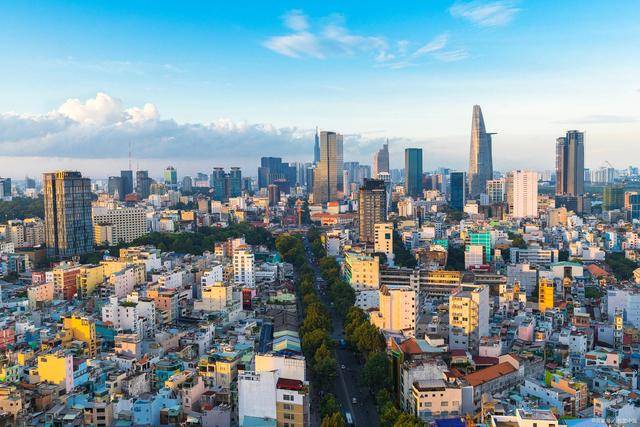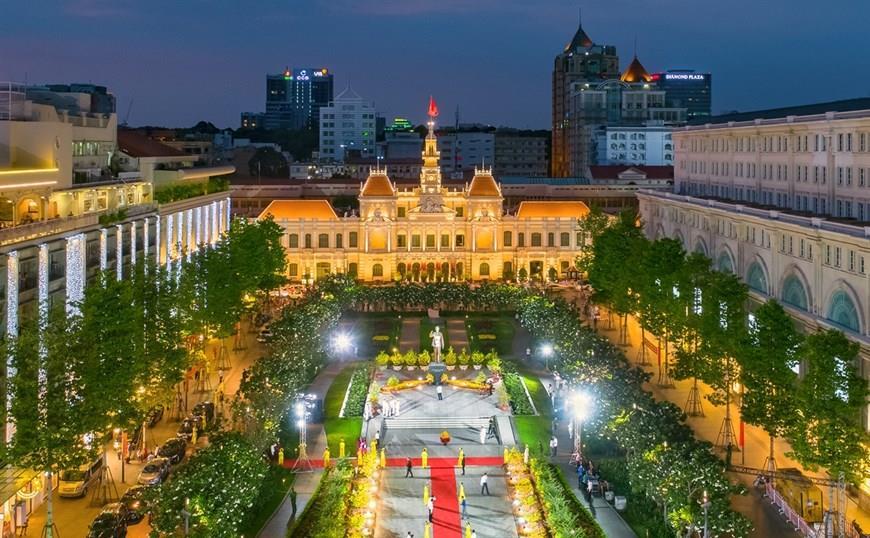Basic Info of Vietnam
Vietnam is located in the south of the Tropic of Cancer. It is hot and rainy, and has a Tropical monsoon climate. The annual average temperature is around 24 ℃, and the annual average rainfall is 1500-2000 millimeters. The north is divided into four seasons: spring, summer, autumn, and winter; The rainy and dry seasons are distinct in the south, with the rainy season from May to October in most areas and the dry season from November to April of the following year. Vietnam has a Tropical climate, with large rainfall and high humidity throughout the year. The northern part of Vietnam is more or less Continental climate due to the impact of China's land climate. The East China Sea has a significant impact on the terrestrial tropical monsoon humid climate. The tropical monsoon humid climate has different impacts on Vietnamese territory, so different regions in Vietnam have different climate characteristics. The climate in Vietnam varies with the seasons, north south, and east west. Due to the influence of the Northeast monsoon, Vietnam's annual average temperature is lower than that of countries in the same latitude region of Asia

Geography and climate
Vietnam is approximately 331,688 km² (128,066 sq mi) in area (not including Hoang Sa and Truong Sa islands), larger than Italy and almost the size of Germany. The perimeter of the country running along its international boundaries is 4,639 km (2,883 mi). The topography consists of hills and densely forested mountains, with level land covering no more than 20%. Mountains account for 40% of the area, with smaller hills accounting for 40% and tropical forests 42%. The northern part of the country consists mostly of highlands and the Red River Delta. Phan Xi Păng, located in Lào Cai province, is the highest mountain in Vietnam at 3,143 m (10,312 ft). The south is divided into coastal lowlands, Annamite Chain peaks, extensive forests, and poor soil. Comprising five relatively flat plateaus of basalt soil, the highlands account for 16% of the country's arable land and 22% of its total forested land.
Ha Long Bay, a World Heritage Site
The delta of the Red River (also known as the Sông Hồng), a flat, triangular region of 15,000 km² is smaller but more intensely developed and more densely populated than the Mekong River Delta. Once an inlet of the Gulf of Tonkin, it has been filled in by the enormous alluvial deposits of the rivers over a period of millennia, and it advances one hundred meters into the Gulf annually. The Mekong delta, covering about 40,000 km², is a low-level plain no more than three meters above sea level at any point and criss-crossed by a maze of canals and rivers. So much sediment is carried by the Mekong's various branches and tributaries that the delta advances sixty to eighty meters into the sea every year.
Because of differences in latitude and the marked variety of topographical relief, the climate tends to vary considerably from place to place. During the winter or dry season, extending roughly from November to April, the monsoon winds usually blow from the northeast along the China coast and across the Gulf of Tonkin, picking up considerable moisture; consequently the winter season in most parts of the country is dry only by comparison with the rainy or summer season. The average annual temperature is generally higher in the plains than in the mountains and plateaus and in the south than in the north. Temperatures in the southern plains (Ho Chi Minh City and the Mekong Delta) varies less, going between 21 and 28 °C (70 and 82.5 °F) over the course of a year. The seasons in the mountains and plateaus and in the north are much more dramatic, and temperatures may vary from 5 °C (41 °F) in December and January to 37 °C (98.6 °F) in July and August.


